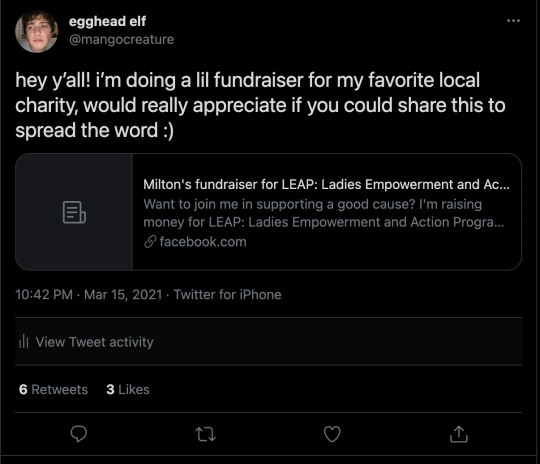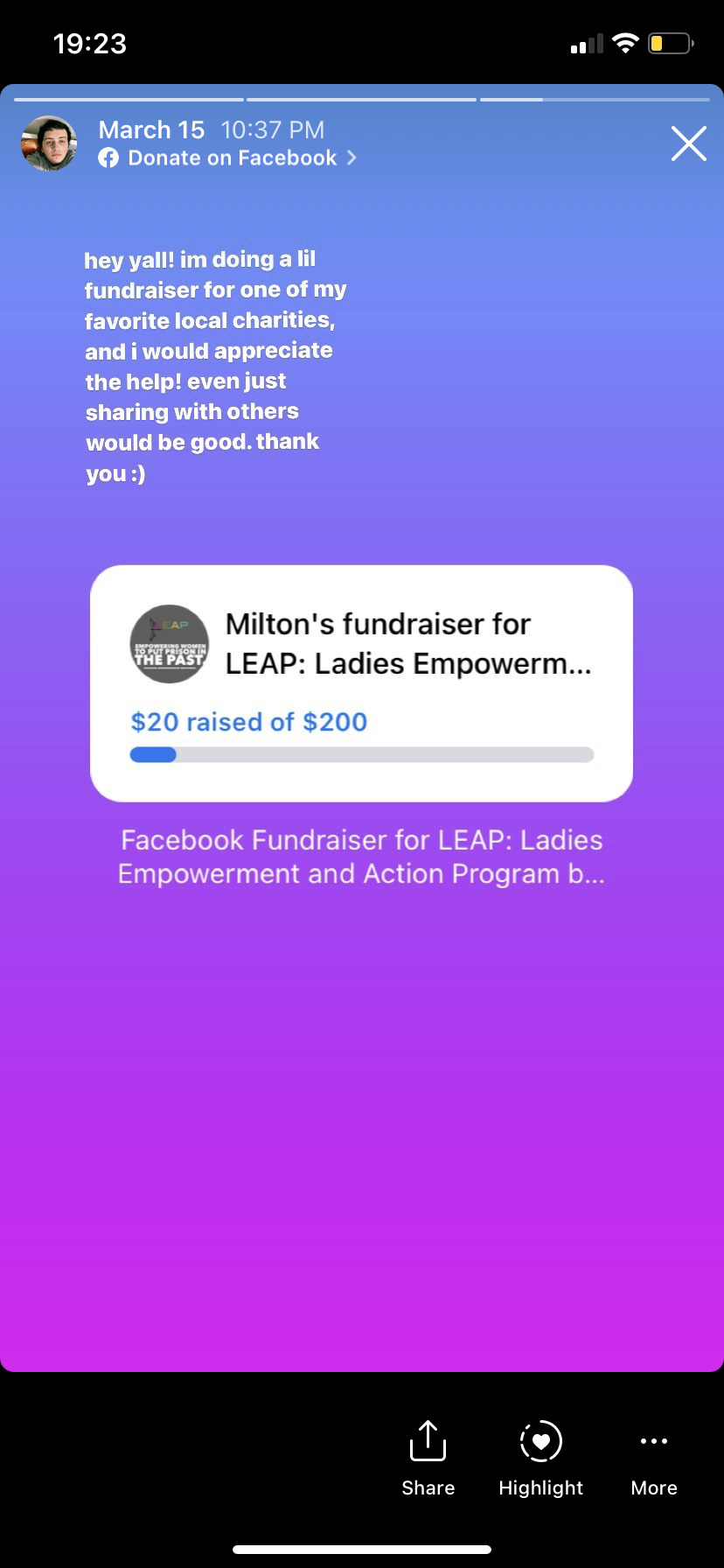Welcome to my blog! My name is Milton Balastegui and I will be discussing my community service project, and my involvement in my favorite local charity. LEAP for Women is a local Miami non-profit program that aims to provide previously incarcerated women with lifestyle resources, economic resources, career resources, and technological resources as well. Many women who are released from prison do not have any financial or career resources to successfully build their lives after their incarceration, and this charity is the only one in the state of Florida dedicated to solving this problem here in Miami. Life after incarceration can be extremely difficult, especially when many restrictions are placed in the workplace, in housing, and in the resources needed to solely survive.
Don't wanna be here? Send us removal request.
Text
Reflection of Volunteering Experience
Service Learning has been immensely useful in creating a rich community dynamic. Many people, especially during the Covid-19 pandemic, are facing a multiplicity of external and internal conflicts. This class went above and beyond in providing community aid through a beach cleanup. I also tried to do the best I could to support my favorite local charity (LEAP for Women) through Facebook donations; this charity was once I have volunteered for before, so I was more than glad to help again. In doing so, I was able to provide some relief for women who have been recently released from prison, and are in need of financial, economic, and social resources.
Barbhuiya and Mazmuder state in their journal article that "Through the active participation of a variety of group members with different capacities, resources were mobilized and relief was delivered" (58) for the community they were serving. This dynamic was also present within my own realm of community service. Without the help and resources of those around me-- friends, family, and mutuals-- this fundraiser would not have occurred. It was certainly difficult marketing attention toward my goal; however, with the right people and community spirit, we were able to raise our goal (and above) of $200. Social media has a large presence in one’s community, and without the use of Facebook, Twitter, or Instagram, my message would have been lost in translation. Social media’s presence is largely effective in communicating a message, and can reach wide demographics for help in these types of community projects: “Digital platforms can be a real support in forming youth groups and helping to instill the passion and zeal necessary to successfully offer community services to those in need during a time of crisis” (Barbihuya & Mazmuder 58). This effectivity was seen through my fundraiser’s sharing, where people either donated money, shared my goal, or did one or the other, thus allowing me to reach the amount I planned to raise for LEAP for Women.
1 note
·
View note
Text
Challenges for Formerly Incarcerated Women: A Holistic Approach to Assessment by Patricia O’Brien & Diane S. Young
This article by O’Brien and Young analyzes the various problems women who are released from incarceration face as they reenter society. These women are often left with no resources at the end of their sentencing, and therefore struggle with “securing safe housing; finding a means for legitimate income for meeting basic needs; reuniting with family members, including minor children; creating social networks that may include intimate relationships; fulfilling parole conditions; addressing substance abuse dependence; tackling physical and mental health needs; and negotiating the stigma of being labeled an ex-offender or exprisoner in a context of constraining public policies” (O’Brien & Young 359). These repercussions each multiply in effect as women attempt to build their lives from the ground up; however, in order to be able to build themselves up, resources and opportunities must be available. The article leads into a potential method of solution toward these issues, which involves having these women program their lives in all areas, such as those areas of economy, family, and health; in other words, these women are supported and rehabilitated through a holistic analysis of their needs.
The rhetoric O’Brien and Young utilize remains largely logical in asserting the issues these women are facing. Statistics are utilized as evidence and proof of this growing societal issue; however, the problems they mention themselves also offer an emotional aspect to the article. These issues mentioned are largely the reason these women’s freedom “result in a trip back to prison in a cycle of rearrest and reincarceration” (O’Brien & Young 359). Instead of utilizing a sole logical or emotional approach to this situation, the authors use both to highlight the very tangible reality of the incarceration system that is widespread, and its abhorrent effects on these women. This article’s technical use of evidence-based research and methodology allows its main demographic to be for academic professionals studying social work and approaches to the issues of women’s incarceration.
I think the issues mentioned in this article are very real, and are happening because of the broken system we are living in. We have the highest rates of prison incarceration in the world, and it continues to grow. It begs the reader of this article to ask the question “If so many people are going to prison, why does this number continue to grow?” If prison is supposed to rehabilitate, and these women have completed their sentence, why are they returning? Is it because of an innate lack of morals that eventually compel them to return to the prison system? Or is it a structural conflict in which the social mobility required to fulfill a sentence requires socioeconomic support that is not granted? I firmly believe it is the latter. People need resources to grow, just like how a plant needs water, healthy soil, and sun to grow. One can not expect an adult human who has absolutely nothing in resources to move up in social mobility. How can they? Jobs require career skills and communication methods, housing requires an income, food requires an income as well. These questions and observations are the reason why a holistic approach for previously incarcerated women is needed. LEAP for Women uses a holistic approach as well, which is why it is one of my favorite local charities.
https://journals-sagepub-com.ezproxy.fiu.edu/doi/pdf/10.1606/1044-3894.3540
0 notes
Video
youtube
An Introductory Video on LEAP: This video explains LEAP’s impact on recidivism rates on previously incarcerated women, while also explaining the numerous issues that give in to imprisonment in the first place, such as trauma, addiction, and a lack of structural resources.
0 notes
Photo

This post was my Facebook status I uploaded to reach my audience.
0 notes
Photo

This post is the one I used on Twitter. It had a few Retweets and Likes.
0 notes




